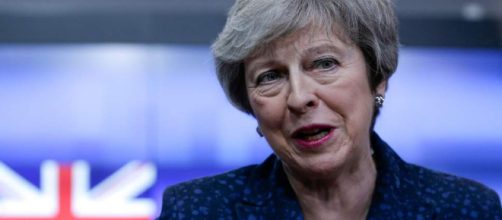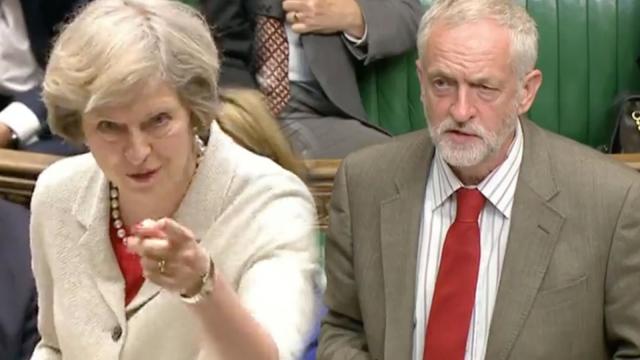Prime Minister Theresa May has rejected Labour’s offer to support an amended EU withdrawal agreement. Labour leader Jeremy Corbyn wrote to the Prime Minister last week, outlining his party’s conditions for backing any Brexit deal. In her response on Sunday, May refused to concede to Labour’s demands.
But after her historic defeat in the House of Commons in January, and with less than 50 days until the UK leaves the EU, May does not have long left to secure the support of MPs and finalise the withdrawal deal.
Corbyn's letter to May outlining Labour's demands for Brexit
On Wednesday 6th February, Corbyn wrote to the Prime Minister and laid out the changes needed to the withdrawal agreement if she wanted Labour’s support. These changes were:
- A “permanent and comprehensive UK-wide customs union”, which allows the UK to have a say in future EU trade deals.
- Close alignment with the single market, with “shared institutions”.
- “Dynamic alignment on rights and protections”, so that UK standards match the EU’s.
- Clarity about UK involvement in EU programmes and funding.
- Clear security arrangements.
Corbyn called for these changes to be included in the withdrawal agreement so that they become UK law. This would mean that they could not be overruled or removed by a future Conservative leader.
May's response to Corbyn's Brexit demands
May responded to Corbyn’s letter on Sunday 10th February, making it clear that she would not agree to the five demands. Instead, she remains committed to amending the Irish backstop and securing agreement for the current withdrawal deal.
The Prime Minister refused to agree with Corbyn’s first point, stating that the UK should not stay in the customs union. May argued that her current withdrawal agreement had the benefits of a customs union while allowing the UK to agree on independent trade deals. She wrote: “I am not clear why you believe it would be preferable to seek a say in future EU trade deals rather than the ability to strike our own deals?”
However, there does seem to be some common ground between the two parties.
May did make a concession on Corbyn’s third demand, regarding environmental and workers’ rights. Although she did not agree to align with EU standards automatically, she suggested that the Commons vote every time that these standards change.
What's next for Brexit?
Today’s media reports suggest that May might be willing to further negotiate and discuss the customs union issue with Corbyn, perhaps exploring a softer Brexit approach.
Conservative Minister Rory Stewart had disagreed with this suggestion. He stated that, although there is “a lot of common ground” between the two parties, there is not a shifting of red lines. In other words, May is not considering staying in the customs union.
The Conservative party could risk splitting if the Prime Minister considers staying in the customs union.
Liz Truss, chief secretary to the Treasury, has already suggested that she would resign should the UK remain in the customs union.
Whatever route the Prime Minister takes, a conclusion needs to be reached quickly. The UK is due to leave the EU on 29th March; a date which is fast approaching.
It has been suggested that, if May does not put an amended deal to the House of Commons by 27th February, MPs will again be able to vote on extending the Brexit deadline.



